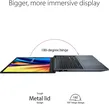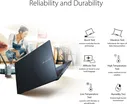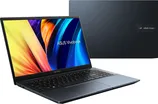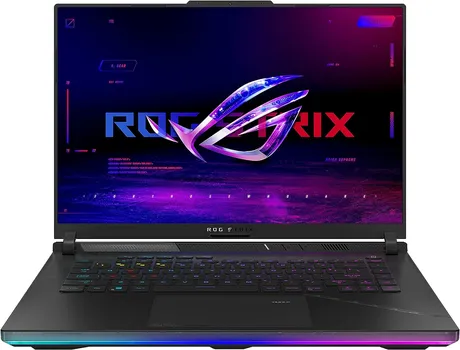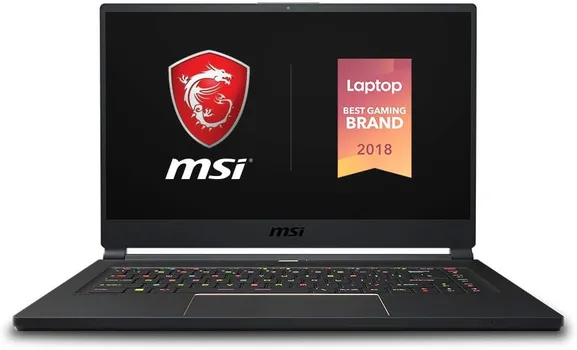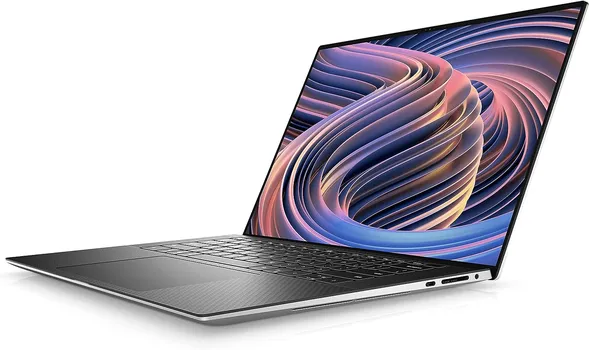Asus VivoBook Pro 15
This Intel-variant of the VivoBook Pro 15 series is not as well balanced as the AMD models, as Asus opted to implement an Intel H35 that cannot properly compete in multi-core performance or efficiency with the Ryzen hardware. There's still value in the base-level configuration with Iris Xe graphics, but once you step up to the higher-specced models with Nvidia dGPUs, the AMD configurations become the obvious choice. We'll explain why in the detailed review down below.
-- As reviewed by UltrabookReview
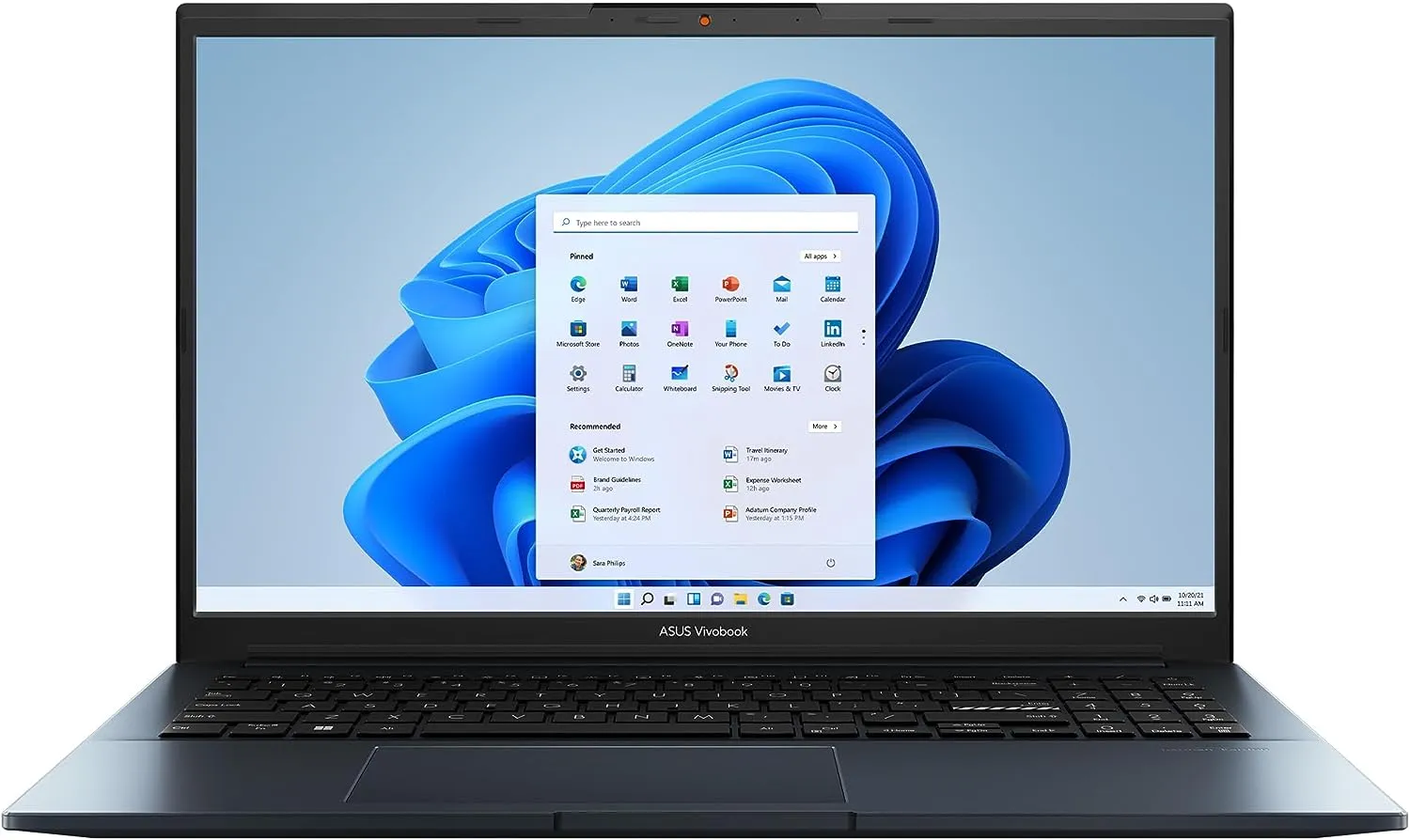
Product details
- ASUS Vivobook Pro 15 laptop comes with 15.6” FHD (1920 x 1080) 16:9 aspect ratio with 144Hz refresh rate and ultra-slim NanoEdge bezels
- Latest AMD Ryzen 9 7940HS Mobile Processor 4.0GHz (8-core/16-thread, 16MB cache, up to 5.2GHz max boost) and AMD Radeon Graphics
- NVIDIA Geforce RTX 4060 Laptop GPU, with 8GB GDDR6
- Fast storage and memory featuring 1TB M.2 NVMe PCIe 3.0 SSD and 32GB LPDDR5X RAM, Windows 11 Home
- Backlit Chiclet Keyboard and FingerPrint reader
PROS
+ fair design for the class, well built and lightweight
+ Thunderbolt 4 USB-C with video and charging
+ good inputs
+ punchy OLED screen, or IPS matte option
+ snappy with everyday use, multitasking and light workloads
+ good thermals
+ 63 Wh battery and still alright battery life
CONS
- onboard RAM - choose carefully!
- understand the pros/cons of OLED laptop screens
- not as powerful and noiser under-load than the AMD model
- only a 50Wh battery on the lower-tier non-OLED models
- more expensive than the AMD model
Related products
Expert reviews and ratings
By UltrabookReview on October 10, 2021
This Intel-variant of the VivoBook Pro 15 series is not as well balanced as the AMD models, as Asus opted to implement an Intel H35 that cannot properly compete in multi-core performance or efficiency with the Ryzen hardware. There's still value in the base-level configuration with Iris Xe graphics, but once you step up to the higher-specced models with Nvidia dGPUs, the AMD configurations become the obvious choice. We'll explain why in the detailed review down below.
80




